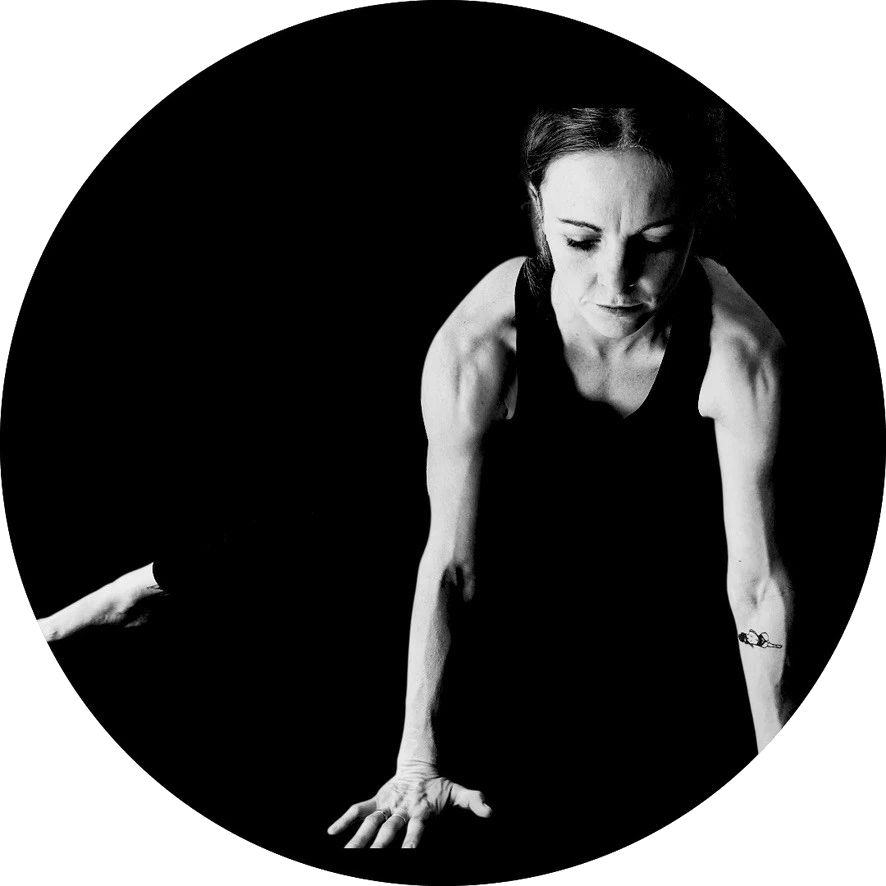Why Mobility Training Beats “Stretch & Strengthen”
Have you ever been told, “You just need to stretch more” to fix a stiff back, tight hips, or sore joints? I’ve been there - both personally and with countless clients.
For years, we’ve been taught a simple formula:
- Stretch the tight muscles
- Strengthen the weak ones
Easy enough, right? But what I’ve found after years of helping people move better is that traditional stretch-strengthen recipe often falls short. Even with dedicated effort, clients (and myself included) kept hitting the same wall: The tightness came back. The discomfort lingered. And posture didn’t truly improve.
We’ve been taught that stretching, especially those classic long, static stretches - is the answer to pretty much any niggle or restriction in the body. But in all honesty: that advice is outdated. And more importantly, it might not actually be helping you in the way you think it is.
Why the Confusion?
The old narrative around stretching comes from a time when we believed that muscles work like elastic bands: Pull on them, and they’ll lengthen. But through reading my blogs I’m sure you understand by now that your body is far more complex.
Here’s what we now understand:
- Muscles don’t “permanently lengthen” from static stretching. You might feel looser temporarily, but it fades.
- Tightness is often a protective response, not the root problem. Your body creates tension when it feels unstable, weak, or threatened.
- Your nervous system runs the show. If your brain senses instability or stress, it locks things down - no matter how much you stretch.
A Classic Example: Anterior Pelvic Tilt
The old-school fix says:
- Stretch hip flexors & lower back
- Strengthen abs & glutes
For example - those “tight hamstrings” you’re stretching?
They’re often actually lengthened and tense secondary to the pelvis falling forward and need to be activated to return the pelvis to a more neutral position.
It’s not just about hip flexors and glutes. The rib cage position, diaphragm function, foot stability, and spinal mobility all play a role.
If the pelvis is tipping forward, is it because of short hip flexors? Or is it poor rib control, lack of thoracic mobility, weak feet, or all of the above?
When we only stretch what feels tight and strengthen what feels weak - without understanding the bigger movement context - we end up chasing symptoms instead of solving root causes.
Enter Mobility Training
Mobility training builds control through full ranges of motion - not just isolated muscles.
It focuses on:
- Strengthening at end ranges
- Building joint control
- Creating stability across the whole body
Instead of just stretching hip flexors, we train active hip flexor lift-offs.
Instead of endless glute bridges, we build hip-core-foot integration.
Why Mobility training Works
- It respects how the body actually works - as a connected system, not isolated pieces
- It teaches your body to own positions, not just visit them temporarily
- It improves control and stability, which naturally reduces tension and “protective tightness”
When the body feels safe and strong throughout the chain, posture improves from the inside out - not just because we pulled on one muscle and strengthened another.
Signs You’re Stuck in the Old Model:
- You stretch & strengthen, but posture won’t shift
- You get short-term relief, but it never sticks
- You’re tired of chasing symptoms, not solutions
3 Mobility Swaps to Start Today
- Swap static hip flexor stretches for active lift-offs
- Replace crunches with integrated dead bugs
- Add 90/90 hip switches instead of only glute bridges
Bottom line
Mobility work gives you the tools to move, control, and feel better - long term. It’s not just about visiting a position, but it’s truly owning it.
So I encourage you today to make use of mobility strategies that create lasting changes across your whole body, not just isolated muscles.
If you’re still struggling, you know who to call.
Love Dani


